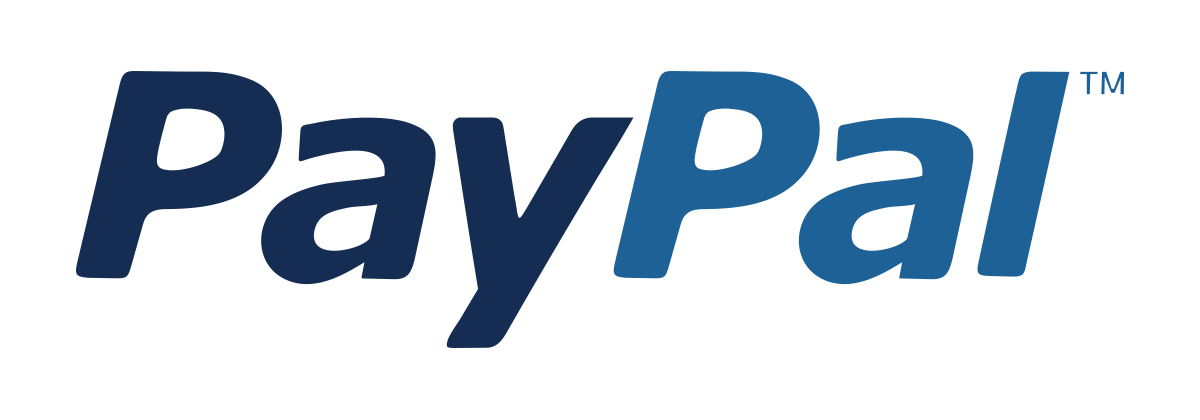Recommendation Systems
Master personalized recommendation algorithms for e-commerce, streaming, and intelligent user experiences.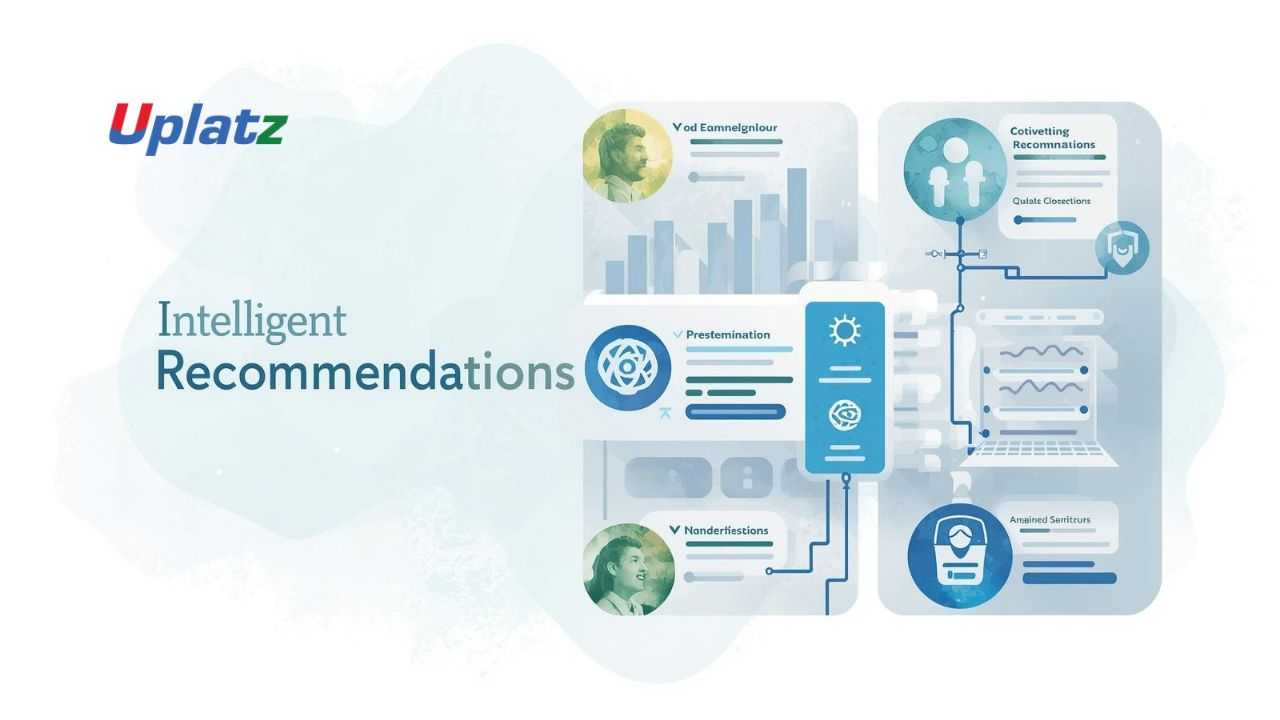 Price Match Guarantee
Full Lifetime Access
Access on any Device
Technical Support
Secure Checkout
Course Completion Certificate
Price Match Guarantee
Full Lifetime Access
Access on any Device
Technical Support
Secure Checkout
Course Completion Certificate
 92% Started a new career
BUY THIS COURSE (
92% Started a new career
BUY THIS COURSE (GBP 12 GBP 29 )-
 79% Got a pay increase and promotion
79% Got a pay increase and promotion
Students also bought -
-
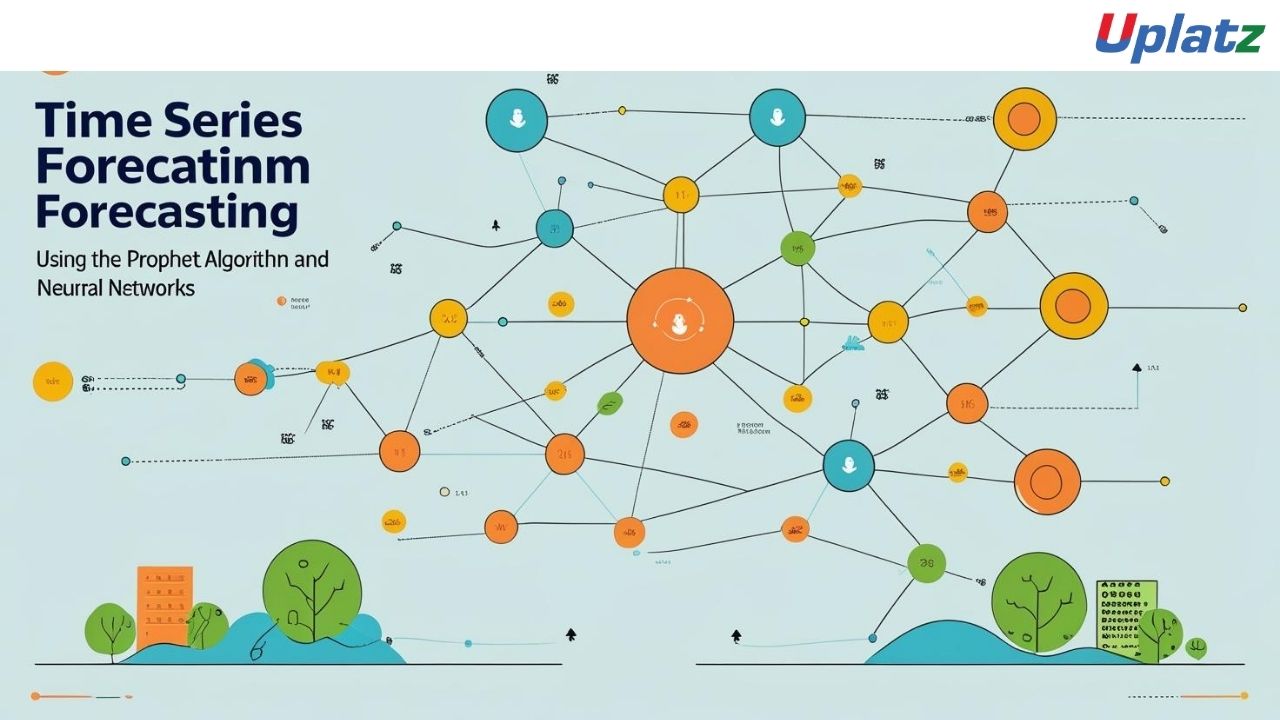
- Time Series Forecasting with Prophet and Neural Networks
- 10 Hours
- GBP 12
- 10 Learners
-
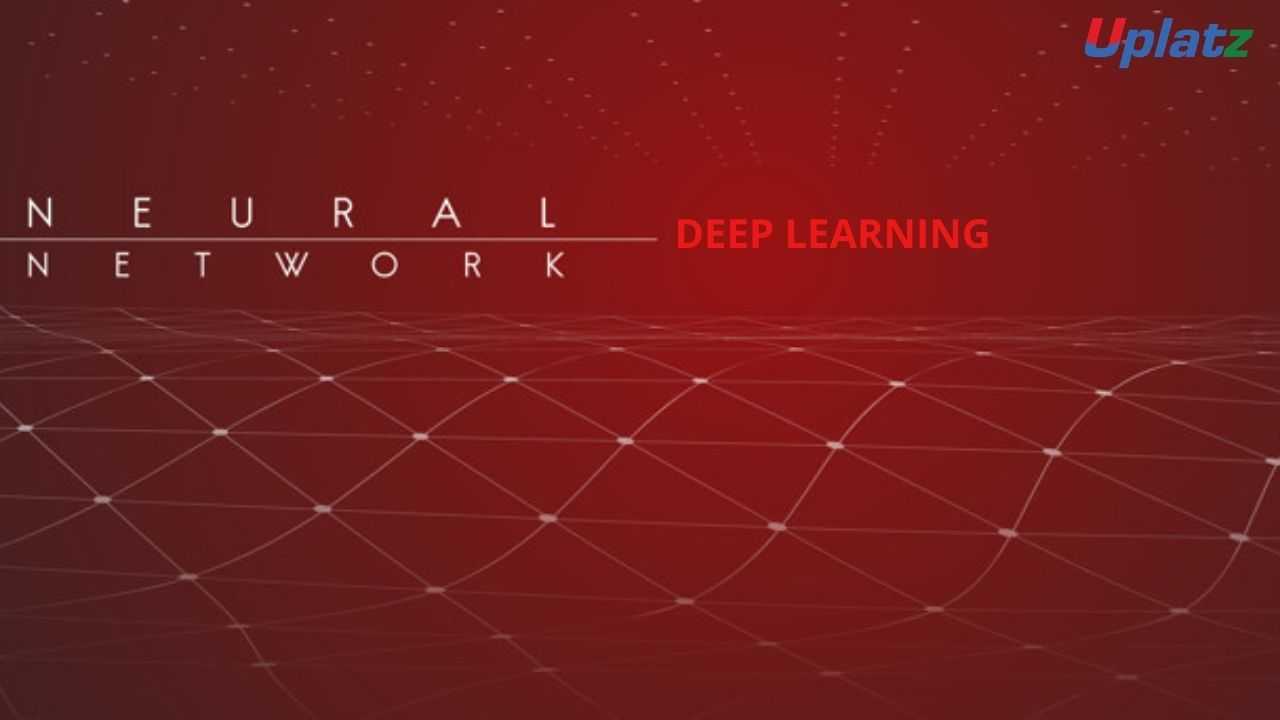
- Deep Learning Foundation
- 10 Hours
- GBP 12
- 1061 Learners
-

- Machine Learning (basic to advanced)
- 65 Hours
- GBP 12
- 4543 Learners
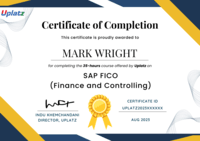
Recommendation Systems – Building Intelligent Personalization Engines
Recommendation Systems are at the core of how modern digital platforms personalize user experiences. From Netflix suggesting movies, to Amazon recommending products, and Spotify curating playlists, recommendation algorithms are key to engagement and retention.
This course provides an in-depth understanding of the theory, architecture, and implementation of recommendation systems—covering traditional methods like collaborative and content-based filtering, as well as advanced deep learning, graph-based, and hybrid approaches.
You will explore how to design scalable, real-time recommendation pipelines using Python, TensorFlow, PyTorch, and modern tools like implicit, Surprise, and LightFM. Through real-world datasets and projects, you’ll learn how to build systems that adapt to user behavior and deliver highly relevant suggestions.
Why Learn Recommendation Systems?
Recommendation systems are the driving force behind user personalization, boosting engagement, conversions, and satisfaction across platforms. With nearly every major digital service powered by recommendations, expertise in this domain is among the most valuable in AI and data science.
Learning recommendation systems allows you to:
- Understand and predict user preferences using behavioral data.
- Build scalable, data-driven personalization models.
- Enhance customer experience and business performance.
- Apply algorithms to e-commerce, streaming, news, and social apps.
Top companies like Netflix, YouTube, Spotify, Amazon, and LinkedIn heavily invest in recommender technology—making it a crucial career skill for the modern AI engineer.
What You Will Gain
By completing this course, you will:
- Understand core algorithms behind personalized recommendations.
- Learn collaborative, content-based, and hybrid filtering techniques.
- Build recommendation engines using Python and popular ML libraries.
- Apply deep learning and embeddings for next-generation recommendation systems.
- Work with large-scale datasets for e-commerce, media, and social platforms.
- Deploy recommendation services for real-time personalization.
Hands-on projects include:
- Building a movie recommendation system using collaborative filtering.
- Creating a hybrid recommender combining deep learning and metadata.
- Deploying a real-time product recommender API using Flask or FastAPI.
Who This Course Is For
This course is ideal for:
- Data Scientists & ML Engineers developing personalization systems.
- AI Developers building intelligent applications for users.
- Data Analysts & Researchers exploring recommendation modeling.
- Product Managers designing recommendation-based user journeys.
- Students & Professionals aspiring to work in applied machine learning.
Whether your goal is to enhance customer engagement or build AI-powered recommendation services, this course provides a practical, end-to-end understanding.
By the end of this course, learners will be able to:
- Understand the theory and importance of recommendation systems.
- Implement user-based and item-based collaborative filtering.
- Build content-based recommenders using text, tags, and features.
- Apply matrix factorization and latent factor models.
- Integrate deep learning models such as neural collaborative filtering (NCF).
- Utilize embeddings and sequence models for personalized ranking.
- Handle cold start, sparsity, and scalability challenges.
- Evaluate model performance using precision, recall, MAP, and NDCG metrics.
- Deploy and monitor recommendation engines in production.
- Design hybrid recommendation architectures combining multiple approaches.
Course Syllabus
Module 1: Introduction to Recommendation Systems
Overview, history, and applications of recommendation technologies.
Module 2: Understanding User Behavior and Data
Data types, implicit vs. explicit feedback, and preprocessing techniques.
Module 3: Collaborative Filtering Fundamentals
User-based and item-based methods, similarity measures, and neighborhood models.
Module 4: Content-Based Filtering
Text and metadata-based recommendations using TF-IDF and cosine similarity.
Module 5: Matrix Factorization Techniques
SVD, ALS, and latent factor models for scalable recommendation.
Module 6: Hybrid Recommendation Systems
Combining collaborative, content, and context-based strategies.
Module 7: Deep Learning for Recommendations
Using neural networks, embeddings, and sequence models (RNNs, Transformers).
Module 8: Context-Aware and Graph-Based Recommendations
Temporal, session-based, and graph neural network (GNN)-based models.
Module 9: Evaluation Metrics and Model Optimization
Precision, recall, hit rate, MAP, and NDCG; hyperparameter tuning.
Module 10: Handling Cold Start and Scalability
Strategies for new users/items, data sparsity, and distributed training.
Module 11: Real-Time Recommendation Deployment
Building APIs and integrating with web or mobile apps.
Module 12: Capstone Project – Intelligent Recommendation System
Build and deploy a complete recommendation engine using a real-world dataset.
Upon successful completion, learners will receive a Certificate of Mastery in Recommendation Systems from Uplatz.
This certification validates your expertise in designing, implementing, and deploying intelligent recommendation engines that personalize digital experiences.
It demonstrates your ability to:
- Build and optimize recommendation algorithms using both traditional and deep learning techniques.
- Create scalable systems capable of handling real-world data.
- Deploy production-ready recommenders integrated with applications.
This credential confirms your readiness to contribute to projects in e-commerce, entertainment, social media, and AI-driven personalization, marking you as a skilled professional in one of the most impactful areas of applied machine learning.
Expertise in recommendation systems opens career paths in data-driven industries such as:
- Machine Learning Engineer
- Data Scientist (Personalization)
- Recommendation System Engineer
- AI Product Developer
- Research Scientist (Recommender Systems)
These skills are crucial across domains like retail, streaming, social platforms, gaming, and finance—where personalized recommendations directly drive business value.
- What are the main types of recommendation systems?
Collaborative filtering, content-based filtering, and hybrid systems. - What is the difference between user-based and item-based collaborative filtering?
User-based finds similar users, while item-based finds similar items based on interaction history. - What is matrix factorization in recommendation systems?
A technique that decomposes the user-item interaction matrix into latent features representing preferences. - What is the cold start problem?
A situation where the system lacks sufficient data for new users or items to make accurate recommendations. - How do you evaluate recommendation system performance?
Using metrics such as precision, recall, F1-score, MAP, and NDCG. - What are embeddings in recommendation models?
Vector representations that capture semantic relationships between users and items. - What is a hybrid recommender system?
A system that combines multiple recommendation techniques for improved accuracy and robustness. - How do deep learning models improve recommendations?
By capturing nonlinear relationships and complex user-item interactions through neural architectures. - What tools and libraries are used to build recommendation systems?
TensorFlow, PyTorch, Surprise, LightFM, implicit, and Scikit-learn. - Name real-world applications of recommendation systems.
E-commerce product suggestions, movie and music recommendations, social media feeds, and news personalization.







